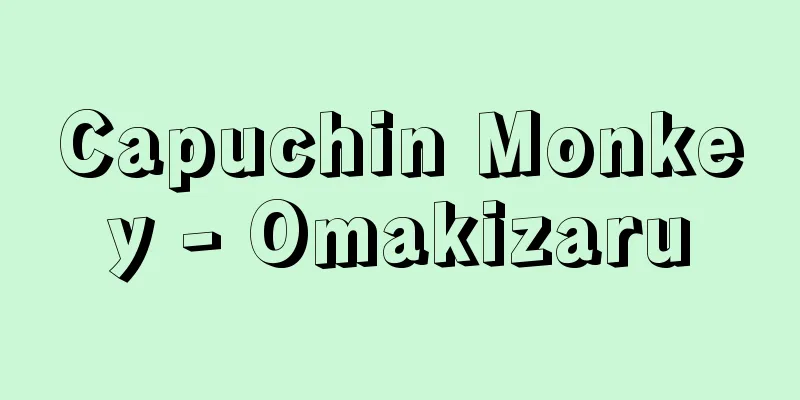Electrolytic machining

|
A method of machining metal materials by utilizing the anodic dissolution of metals in aqueous solutions. In other words, the shape and dimensions of the tool electrode (which serves as the cathode) are devised to concentrate the anodic dissolution action on the desired parts of the metal material to be machined (which serves as the anode), and the material is finished into the desired shape and dimensions. This method has the following advantages: it can machine hard materials that are difficult to machine, brittle materials, unlike machining, no machining distortion or altered layers are produced on the finished surface, complex shapes can be machined in a single process, and the machining speed can be increased in proportion to the current density. In electrochemical machining, in order to concentrate the anodic dissolution action locally, the tool electrode and the workpiece are placed at an extremely close distance (usually 0.02 to 0.7 mm), and the electrolyte is made to flow through the gap between them at a high speed (6 to 60 meters per second). When the workpiece is made of steel, a 10 to 15% sodium chloride solution is usually used as the electrolyte. The electrolysis voltage is usually 5 to 20 volts (DC), and the current density is 30 to 200 amperes per square centimeter (DC). When high machining precision is required, solutions such as sodium nitrate and sodium perchlorate may also be used. [Katsuhisa Sugimoto] Source: Shogakukan Encyclopedia Nipponica About Encyclopedia Nipponica Information | Legend |
|
水溶液中における金属の陽極的溶解現象を利用して金属材料の加工を行う方法。すなわち、工具電極(これを陰極とする)の形状および寸法をくふうし、被加工物である金属材料(これを陽極とする)の所要の部分に陽極的溶解作用を集中させ、材料を所定の形状と寸法に仕上げる。この方法によれば、機械加工が困難な硬い材料や、もろい材料でも加工できること、機械加工と違って仕上げ面に加工ひずみや加工変質層が生じないこと、複雑な形状の加工も1回の工程でできること、加工速度を電流密度に比例して大きくすることができること、などの利点がある。 電解加工においては陽極的溶解作用を局所に集中させるために、工具電極と被加工物とをきわめて近い距離(通常0.02~0.7ミリメートル)に設置し、両者の間のすきまに電解液を大きな速度(6~60メートル/秒)で流動させる。被加工物が鉄鋼材料の場合、電解液には通常10~15%の塩化ナトリウム溶液が用いられる。電解電圧は通常5~20ボルト(直流)、また電流密度は30~200アンペア/平方センチメートル(直流)である。高い加工精度を得たいときには硝酸ナトリウム、過塩素酸ナトリウムなどの溶液を用いることもある。 [杉本克久] 出典 小学館 日本大百科全書(ニッポニカ)日本大百科全書(ニッポニカ)について 情報 | 凡例 |
>>: Field ion microscope - DENKAIONKENBIKYO
Recommend
Fujiwara no Ietaka - Fujiwara no Ietaka
A poet of the early Kamakura period. He was the s...
Zixia - Shika
A scholar of the Spring and Autumn period in Chin...
The Ten Diaries of Yangzhou (English: The Ten Diaries of Yangzhou)
Written by Wang Xiuchu in the early Qing Dynasty, ...
Munemaro Ishiguro
Ceramic artist. Born as the eldest son of a docto...
Economic forecasting
It is a qualitative or quantitative prediction of...
Orphan of the Cho family
A Chinese play from the Yuan dynasty. Four-volume...
Area navigation - Area navigation (English)
A navigation system developed to alleviate the inc...
Automobile race - Automobile competition
It is usually a race in which two or more cars com...
Former natives
...This law (enacted in 1899) was enacted for the...
Photo-etching
...In addition to the two methods mentioned above...
Lares Praestites (English spelling)
…The Lares Familiares, the guardian deities of fa...
Handling - Squeezing
〘Other Ka 5 (4)〙① To hold a long, thin object tigh...
Cavallino, B.
…This area was especially famous for its Spanish-...
Anomalous specific heat
… At phase transitions, especially near second-or...
Hikiyama Kyogen
This refers to kabuki performed on floats. Floats ...









